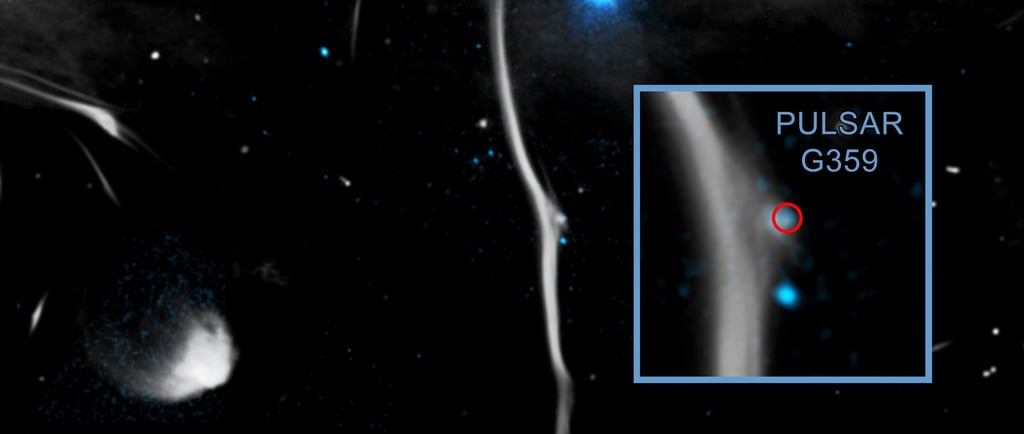NASA’s Chandra Diagnoses the Fracture in the Galactic Bone


The Mysterious Nature of Neutron Stars
Neutron stars are among the densest known celestial objects in the universe, resulting from the explosive deaths of massive stars. As these stars collapse and undergo a supernova explosion, they shed their outer layers, leaving behind a core that is incredibly compact. These remnants, called neutron stars, exemplify the extreme conditions of our universe and have sparked a multitude of scientific inquiries.
The Collision with Cosmic Fractures
Recently, researchers have observed a remarkable phenomenon within the Milky Way galaxy—a fracture in a huge cosmic bone implicating a rapid spinning neutron star, or pulsar. This fracture provides essential insights into the energetic interactions that occur in our galaxy. Pulsars are a subset of neutron stars that emit beams of radiation, which can be detected when these beams align with Earth. The discovery of a fracture indicates that the pulsar likely experienced a violent encounter, resulting in its ejection from the explosion site at astonishing speeds.
The Role of Pulsars in Understanding Cosmic Dynamics
The implications of this cosmic fracture extend beyond mere curiosity; it plays a crucial role in our understanding of stellar evolution and the physical mechanisms at play during stellar explosions. The combination of high density, rapid rotation, and strong magnetic fields within neutron stars makes them exceptional subjects for astrophysics studies. Their kicks, or ejections, from supernova events help explain how they move throughout the galaxy and illuminate the production and distribution of heavy elements in the universe.
Furthermore, this event serves as a reminder of the dynamic nature of our galaxy. The interaction between neutron stars and their surroundings provides fertile ground for new research theories, expanding our comprehension of celestial mechanics. Each observation of these phenomena enhances our knowledge of the universe’s origin, structure, and eventual fate.
In conclusion, the discovery of a fracture related to a neutron star in the Milky Way offers profound insights into the lifecycle of stars and their catastrophic endings. As we continue to study these enigmatic objects, we unravel more of the universe's mysteries, shedding light not only on neutron stars but the intricate tapestry of cosmic events that define our existence. The ongoing research into these dense stellar remnants and their behavior is a testament to humanity's enduring quest for knowledge about the cosmos.
